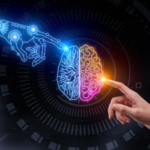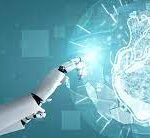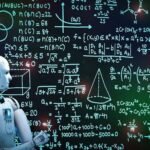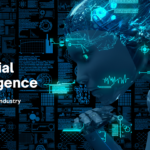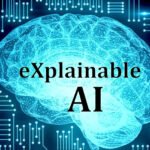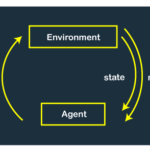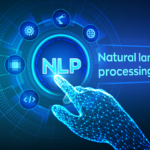New modeling method helps to explain extreme heat waves
A novel computing approach known as “ensemble boosting” is showing promise in preparing for extreme heat waves globally, particularly in regions historically known for cooler summers. This new modeling concept, employed within climate-simulation models, has the potential to save thousands of lives by predicting and planning for extreme heat events more effectively.
Led by scientists at ETH Zurich, Switzerland, and Cornell University, the study utilizing ensemble boosting was published in Nature Communications. This method enables efficient simulations of numerous plausible extreme heat waves, all while bypassing the need for time-consuming calculations on large supercomputers.
Ensemble boosting involves running computer climate models with slight variations in initial conditions to explore the possibility of even more extreme heat events. It aims to identify the maximum potential extremity of events that can be simulated by climate models.
This approach becomes especially crucial given recent unprecedented heat waves, such as the one that affected western North America in 2021, causing hundreds of deaths. Ensemble boosting helps establish worst-case scenarios for long-term planning and preparation, offering insight into extreme heat events that could occur in the coming decades.
The researchers emphasize that traditional meteorological models can predict heat waves on a shorter timescale, but ensemble boosting fills the gap by providing a longer-term perspective that is vital for effective municipal-level planning and disaster management. This method allows for the identification of possible extreme temperature events, even in regions previously considered less prone to such occurrences.







